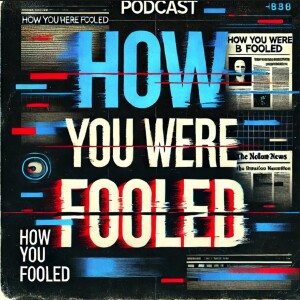

This episode examines the enduring myth that medieval doctors used leeches for everything, portraying them as ignorant and superstitious. In reality, leeches were part of a wider medical practice called bloodletting, rooted in the ancient theory of balancing the body’s four humors. While leeches were common, they weren’t a universal cure — medieval physicians also prescribed herbs, diet, baths, rest, and even surgeries.
The image of leeches stuck because it was memorable, dramatic, and symbolic of “backward” medicine, reinforced by satire, art, and the narrative of modern progress. By the 19th century, bloodletting was mocked as barbaric, and the leech became a shorthand for medical ignorance.
However, the twist is that leeches aren’t entirely useless. Modern medicine still uses them in microsurgery and reconstructive procedures, since their saliva contains hirudin, a powerful anticoagulant that helps restore blood flow.
The episode highlights how the myth oversimplifies the past. Medieval medicine was flawed but not completely foolish, and even its strangest practices sometimes contained a kernel of truth. The persistence of the leech image says more about how we like to imagine history than about what actually happened.
More Episodes
All Episodes>>You may also like
Create Your Podcast In Minutes
- Full-featured podcast site
- Unlimited storage and bandwidth
- Comprehensive podcast stats
- Distribute to Apple Podcasts, Spotify, and more
- Make money with your podcast












